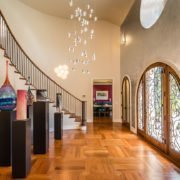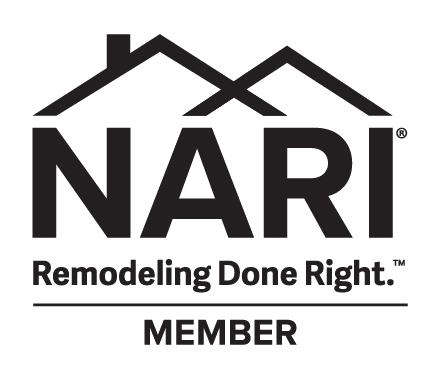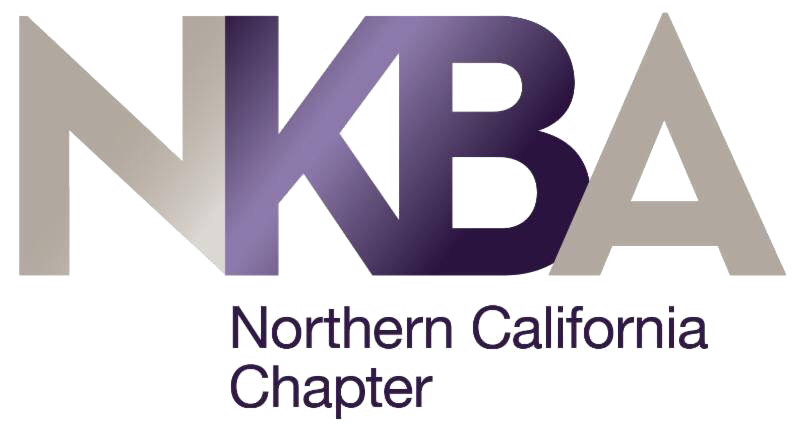“Our homes, both the location and the building itself, influence almost every aspect of our lives-from how well we sleep, how often we see friends, to how safe and secure we feel. If we want to improve the health and wellbeing of individuals, families, and communities, there can hardly be a more important place to start than the home: it is where most people spend most of their lives.”
— 2016 report from the U.K. Green Building Council
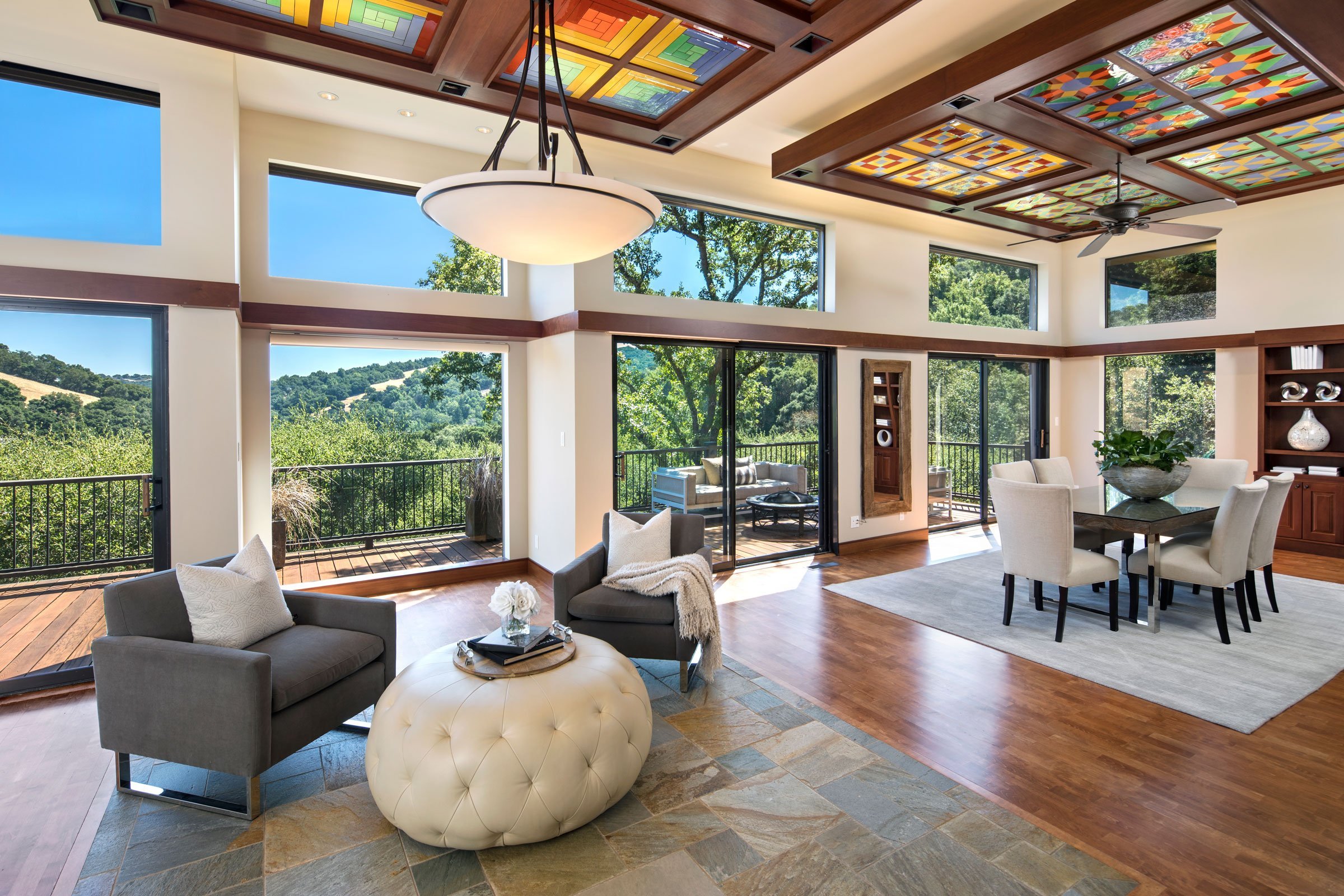 According to the Environmental Protection Agency (EPA), Americans spend 90% of their time indoors, most of which is spent in our homes.
According to the Environmental Protection Agency (EPA), Americans spend 90% of their time indoors, most of which is spent in our homes.
Considerable research has shown that sustainable, well-designed homes are paramount to the health of their inhabitants and, as an added benefit, also keep the planet and our communities healthier.
Creating a holistically healthy living environment involves taking the physical, mental, and emotional well-being of inhabitants into account. When undertaking an addition or remodel, elements of a healthy home are achieved through design, materials, air, light, and color, to name just a few.
Design
A healthy home begins with a thoughtful design. Creating an interior environment adapted to the occupants rather than the occupants adapting to the environment is the cornerstone of good design.
Instrumental to the physical and emotional security of the residents, a well-thought-out design mitigates stress and maximizes comfort and relaxation.
“A floor plan that is safe and suited to the lifestyle and abilities of its residents is vital,” says Harrell Design + Build’s resident “medical-doctor-turned-designer,” Yolanda Ng. “A healthy home has open paths of travel, workflows, and rooms that make sense for how the residents live.”
With sleep quality and duration correlated to other aspects of health, Yolanda stresses the importance of bedrooms that promote restorative sleep. Studies have demonstrated people sleep more soundly when light and noise levels, temperature, and comfort are optimized.
Yolanda recommends that those who like to sleep later avoid having their bedroom with east-facing windows – these windows of course let the morning sun stream in, at perhaps a too-early time of day.
Materials
Materials play a vital role in the health of our homes. From trapping dust to emitting volatile organic compounds (VOCs), material choices impact the health of the planet, fabricators, builders, and residents.
The EPA states that “A growing body of scientific evidence has indicated that the air within homes and other buildings can be more seriously polluted than the outdoor air in even the largest and most industrialized cities.”
Building materials like insulation, sealants, adhesives, and paint emit chemicals that pollute the air in our homes and have adverse health effects on fabricators and builders. Other textiles, like carpet, trap dust and pet dander and contribute to ongoing indoor air pollution.
“Material choice is important for the health of the planet as much as the health of homeowners,” acknowledges Yolanda. In addition to picking low or no-VOC products, she recommends choosing materials that are recycled, sustainably grown or produced, or manufactured locally.
Materials that are non-toxic, ethical, and sustainable are just part of a healthy home environment. The American Lung Association (ALA) stresses that “Homes need to breathe.” Dirty, polluted air needs to be removed and replaced with clean air. Proper ventilation eliminates indoor impurities like dust, dander, chemicals, moisture, and gases.
What occurs during construction has long-term outcomes on the health of a home. Keeping a job site clean, removing debris, properly managing removal of asbestos and mold abatement, and vacuuming dust from inside walls before insulating promotes a better living environment.
Air Temperature, Quality & Ventilation
Ventilation is an essential element of thermal comfort, restorative sleep, and productive work and play. It also plays a vital role in the durability and longevity of a building.
As homes become more airtight, energy efficiency increases, making the ambient temperature more consistent and our living spaces more comfortable. The downside is the potential for increased indoor air pollution if a home isn’t properly ventilated.
Proper ventilation brings fresh air in from outside to replace ‘dirty’ indoor air. This process also dilutes and removes occupant-generated pollutants (carbon dioxide, humidity from cooking and bathing) and material-generated pollutants (e.g., volatile organic compounds).
Yolanda stresses having a sound, a well-maintained HVAC system that keeps indoor temperatures consistent, that filters and removes airborne particles, and maintains humidity levels between 30% and 50% go a long way to achieving a healthy home.
Natural Light & Views to the Outdoors
Windows let in natural light and fresh air and provide views of nature. These aspects positively contribute to our health and wellbeing, boosting our sense of security, and our ability to relax and unwind.
Research has shown a direct correlation between sunlight and emotions. Having a dwelling filled with natural light improves our emotional wellbeing, and keeps our home from feeling dark, closed off, and stifling.
Humans also have a deep connection to nature. Windows allow the outdoors in, providing vistas of greenery and blue skies that positively enhance mood and induce feelings of safety.
Color
Color plays a significant role in physical and emotional wellbeing. It impacts behavior, energy levels, creativity, appetite, memory, and relationships.
“When I worked in healthcare, I witnessed how the color of a room would enhance a patient’s recovery. Choosing colors for our home environment can have a powerful effect on our mental and emotional health,” shares Yolanda.
Though color preferences are very individual, some garner more positive effects, including green, white, blue, and gray. According to WebMD, studies show blue has the most significant impact on our 24-hour cycle of physical, mental, and behavioral patterns.
Evidence-Based Design
Working in healthcare and hospitals, Yolanda saw firsthand the application of evidence-based design and its influence on patients’ health.
Evidence-based design is constructing a building or physical environment based on scientific research to achieve the best possible outcomes for the people who occupy the space, whether a hospital, office building, school, or residence. This crossover of science and design was the catalyst for Yolanda to pursue a career in design.
“It’s empowering to be able to use science and research to improve people’s homes and health,” notes Yolanda.
LEED Certified Construction
According to the U.S. Green Building Council (USGBC), Leadership in Energy and Environmental Design (LEED) provides a framework for healthy, highly efficient, and cost-saving green buildings.
The goal of LEED is to maximize the benefits to human health and wellness while minimizing the impact on the environment and precious resources.
There are numerous green building requirements in California that minimize waste production, encourage recycling, and minimize water usage. Through the permitting process, a significant level of green requirements in homes is already factored in.
Whether actual certification is achieved, aspects of LEED can be integrated into any addition or remodel, elevating the dwelling’s health for its inhabitants. To learn more about LEED, read LEED Certification: Its Role in Residential Remodeling.
Whether constructing an entirely new home, adding square footage, or remodeling existing spaces, it is worthwhile to incorporate green design aspects to create a healthy home. After all, it’s where you’ll spend most of your time.
Harrell Design + Build is here to help. We invite you to schedule a complimentary discussion with one of our experienced Designers.
As a single source from conception through construction, Harrell Design + Build provides clients with unmatched service, convenience, and quality. Working as a team, our Design + Build process can help you embrace your aesthetic, make the most of your resources, and create quality spaces that fit the unique way that you live.
Woman Founded and 100% Employee-Owned, Harrell Design + Build has created distinctive homes in Silicon Valley and on the mid-Peninsula since 1985. Our Design + Build Team is here to help you reimagine your home inside and out.

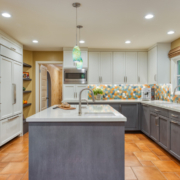
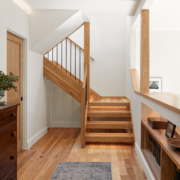
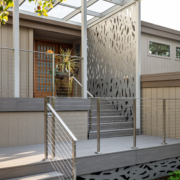
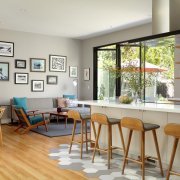
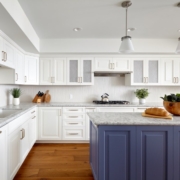
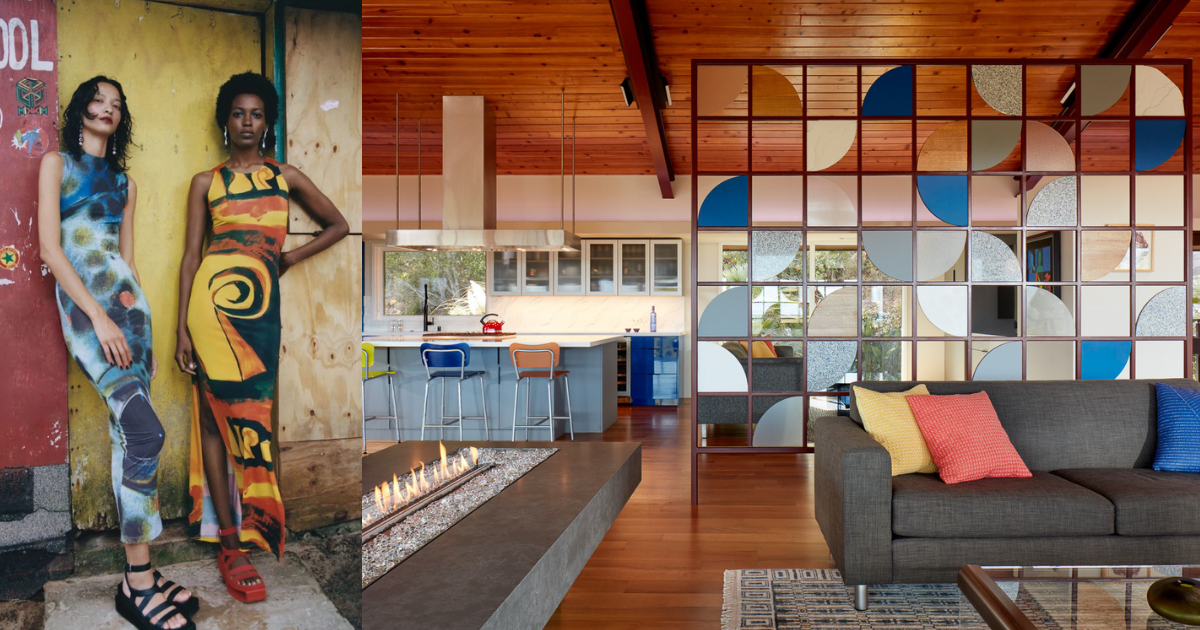

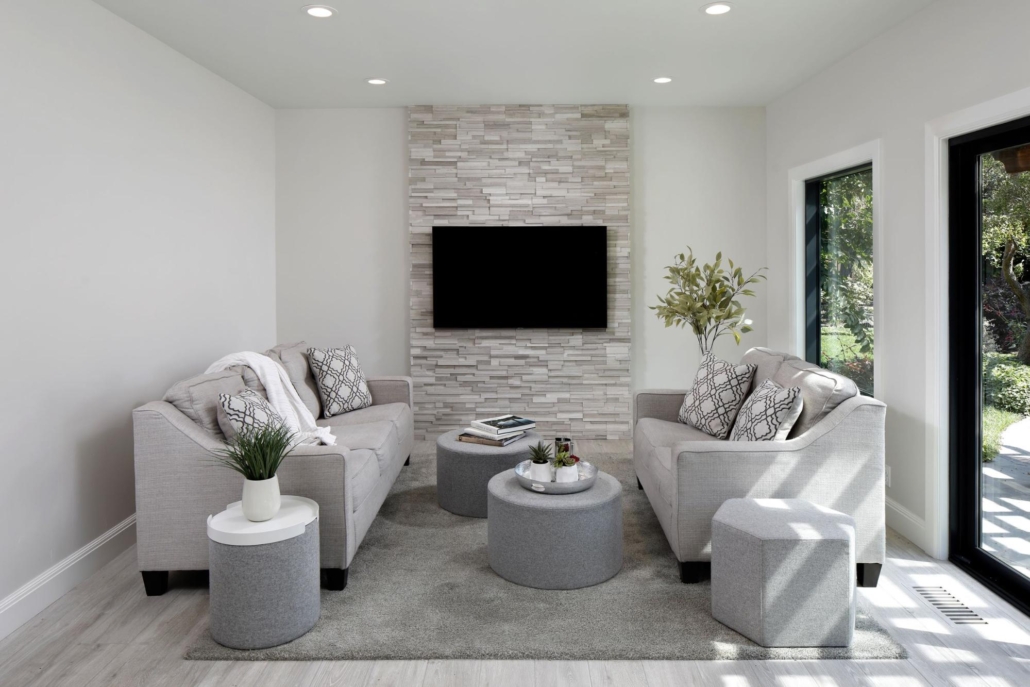
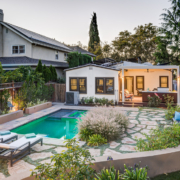
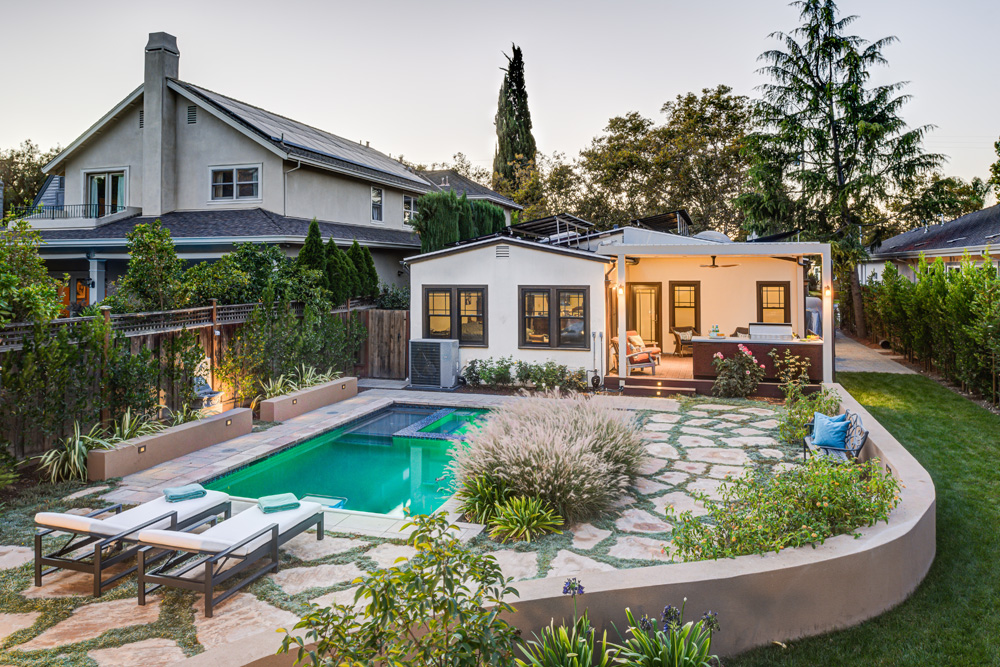
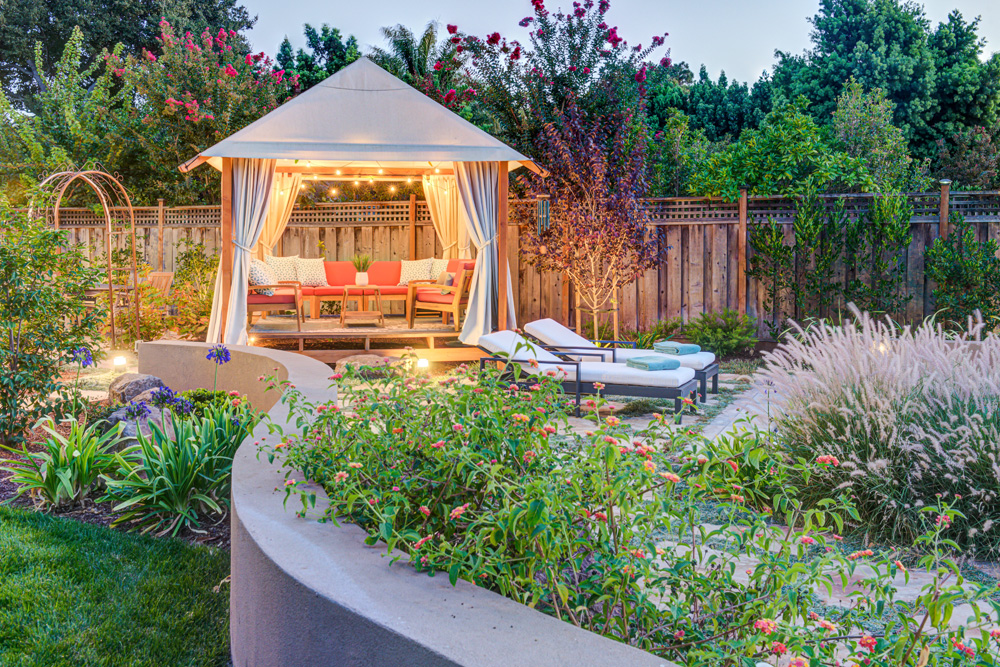
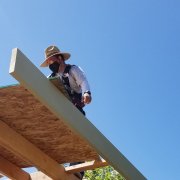
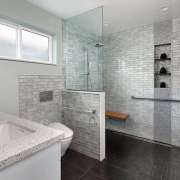
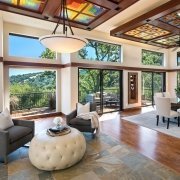
 According to the
According to the 